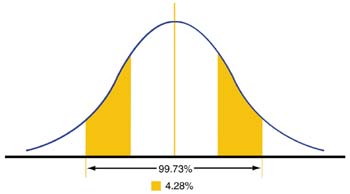

Teachers use the system to create a more valuable grading scheme that's less vulnerable to inconsistencies and to adjust for each individual teacher's grading styles. The teacher adjusts each student's grades to fit a normal data distribution, meaning that the desired class average becomes the centre point of a symmetrical distribution of grades.

Within this system, each individual's grade is relative to the performance of the rest of the class. Related: What Is the Labour Theory of Value? (With Answers to FAQs) What is bell curve grading?īell curve grading, also known as grading on a curve, is a system that uses a bell curve to evaluate students' performance. In this article, we discuss what bell curve grading is, review how it works, outline how a teacher can adjust a class average by using it, list some differences between standard grading and bell curve, share the benefits of this system, and provide a list of its drawbacks. Learning more about what bell curve grading is and how it works can help you create fair and standardized grading. In grading, you can use this distribution to adjust a class average to the desired level, usually to maintain standards and prevent grade inflation. A bell curve is a data distribution in which there's a concentration of points near the average, with outliers reducing in frequency the farther away they are from that point.


 0 kommentar(er)
0 kommentar(er)
